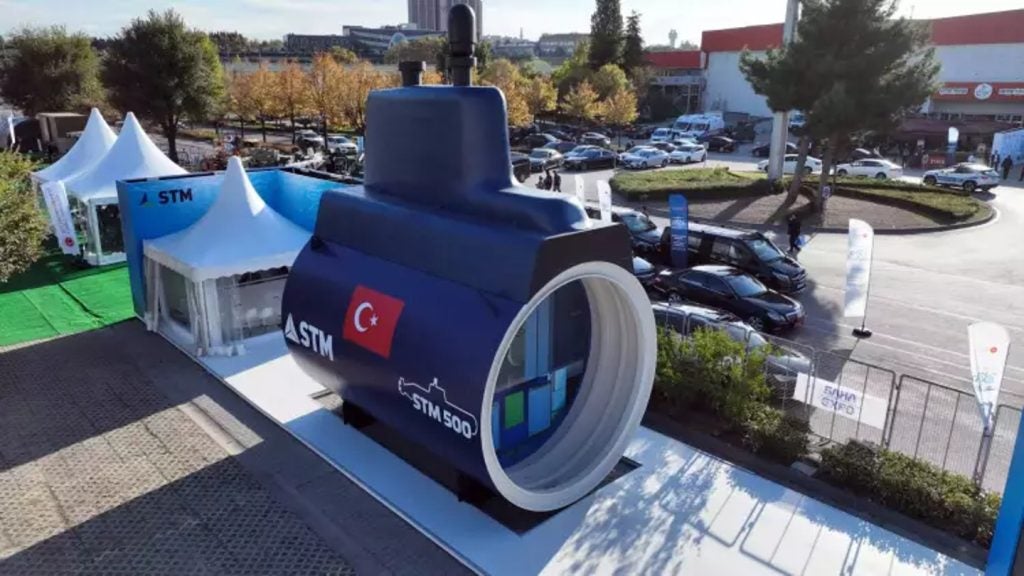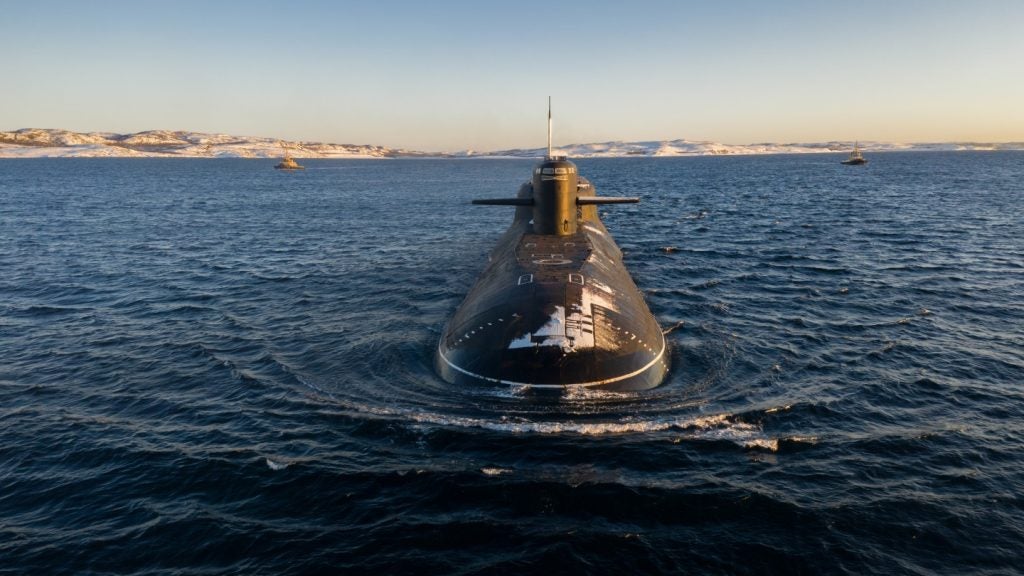
The Royal Australian Navy’s (RAN) Canberra-class landing helicopter dock (LHD) vessel, HMAS Canberra, has reportedly been damaged during a trial cruise.
During its first ‘shakedown cruise’ between Sydney and Melbourne last month, the hull of the LHD was damaged and its circuit breakers melted.
The damage to the hull was mainly due to the fact that two German-built Siemens propulsion pods, integrated within the vessel, were misaligned.
A crew from Teekay Shipping, hired by BAE Systems to test the vessel’s performance prior to its commissioning, was allegedly not aware of the need to operate the pods.
This led to severe vibration all over the ship, which caused paint to be stripped from the hull directly above the pods.
A project source was quoted by the Daily Telegraph as saying that it was like the shaking floor in an amusement park house of fun.
"Once the pods were back in the correct mode the vibration ceased," the source said. "It was an operator error and the return journey was much smoother."
In addition, the vessel was also hit with an electrical power failure when the crew neglected to disconnect the emergency power, leading to the circuit breakers melting. This resulted in the vessel losing steerage. The crew then had to drop anchor for four hours.
However, a Teekay Shipping Australia spokesperson rejected claims that negligence from the crew was the reason for the incident.
"The claim that Teekay sea staff were negligent, resulting in damage to the vessel, is completely false," the spokesperson said.
With the next round of sea trials scheduled for July, the 27,000t vessel is expected to be handed over to the RAN later this year. It will assist in transporting military equipment and aviation units, in addition to supporting humanitarian missions.
The second LHD, HMAS Adelaide, is scheduled to be commissioned in June 2015.
Image: The LHD is expected to be delivered to the RAN by late 2014. Photo: courtesy of BAE Systems.









